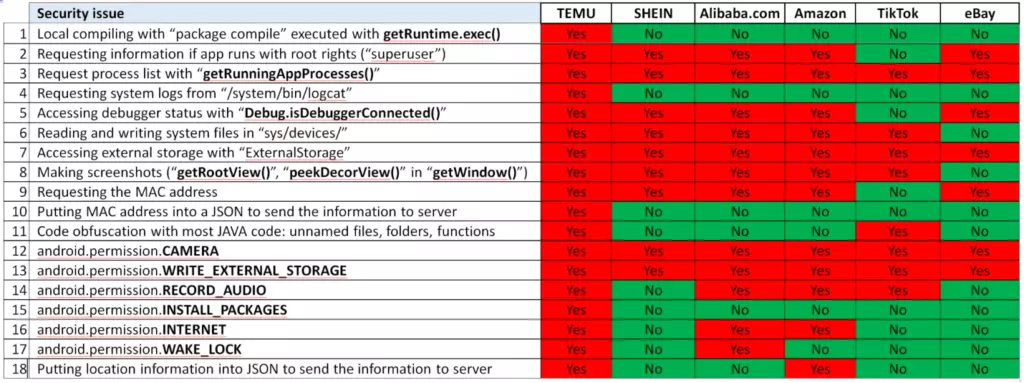

Because it’s supposed to be something else


Because it’s supposed to be something else
The interface “running” is one thing, but does it know to run games in wine/proton? Does it know to grab the Linux versions of games if available? Mono doesn’t make that automatic.
Does this work well on Linux? Looks like it’s dotnet based
Also, the readme says it requires windows
As far as I know, gnome doesn’t have any support for HDR yet.
KDE has very preliminary support, but very few applications support HDR natively on Linux.
It’ll still be a while before HDR support is seamless.
For bazzite, HDR should work ootb in game mode, but not in desktop mode.
Though as an OLED monitor, it should still be quite a good display on desktop mode even without HDR.


Let’s not pretend that there isn’t an active effort to undermine the meaning of Nazi. I’ve seen many more claims of Nazi being overused than I have of anyone actually accusing someone of being a Nazi, in good faith or otherwise


Pretending the state of Israel isn’t a form of regional power doesn’t make it go away.
Don’t get me wrong, Israel has shown time and again that it does not deserve that power and must be dismantled. But that doesn’t sound like what the law is talking about.
Maybe I’m being overly pedantic about the language in use


Denial of Israel as in saying it doesn’t exist, or that it shouldn’t?


Don’t use jellyfin.server.local
.local is reserved for mdns, which doesn’t support more than one dot. (Though it may still sometimes work).
In any case, to make that work you need either a DNS server on your network or something like duckdns (which supports wildcard entries).


You might be able to get the same hash if you did a backup of the disk in iso format. It doesn’t matter though since you wouldn’t be able to use that format to play anything.
All that to say that these seem to be the wrong tools for what you’re actually trying to do.


If you’re keeping the files as mkv, you’re reencoding them.


Also, if you’re reencoding the files, it’s extremely unlikely for your hash to match someone else’s


Here’s the actual relevant part


These are security risks to be sure, and while these permissions are (mostly) on the surface, possibly defensible, together they do clearly represent an app trying to gather all of the data that it can.
However, a lot of info from this report is overblown. For example code compilation is sketchy to be sure, but without a privilege escalation attack, it can’t do anything the app couldn’t do with an update.
Also, there’s some weird language in the report, like counting the green security issues in other apps (like tiktok) as if they were also a problem, despite the image showing that green here means it doesn’t present that particular risk.
All of this to say, if you have temu, probably uninstall it. It’s clearly collecting all the data it can get.
But it’s unlikely to be the immediate threat that will have China taking over your phone like this report implies.
Sorry I know I could just switch to rawhide and try it, but I’m curious.
What I’m trying to ask is, once I’ve set up authentication and given access, does a logged in kde plasma session need to be running for me to remote in? I.e. would this survive a reboot.
I’d like to be able to access my desktop from my laptop on occasion while not physically having access to my desktop (I.e. over VPN). Is this possible yet?
Do you have to already be logged in on the remote computer?
It’s not on flathub, so it won’t show up in discover.
Generally, it doesn’t have command line programs, just gui ones
There are only two system partitions, you might only have to make the change twice


It’s surprisingly unreliable. We have had frequent issues (once every two weeks or so), with peripherals suddenly stopping to work for no apparent reason, or the system being slowed waaaay down. Turning it off and on again worked most of the time, but that is not something I expected from a Linux-based machine.
I think this might be an issue with the official dock. I’ve got a third party dock that’s a lot more stable. The biggest problem I have here is that the port not being thunderbolt or usb-4 limits your dock options a lot
That’s why it gives you a panel of 9 images. It would have a high confidence on some images, and a low confidence on others. When you pick the correct images and don’t pick incorrect ones it uses the ones it’s confident about as “validation” while taking the feedback on low confidence images to update the training data.
What this does mean in practice is that only ones actually being “graded” are the ones bots can solve anyway.